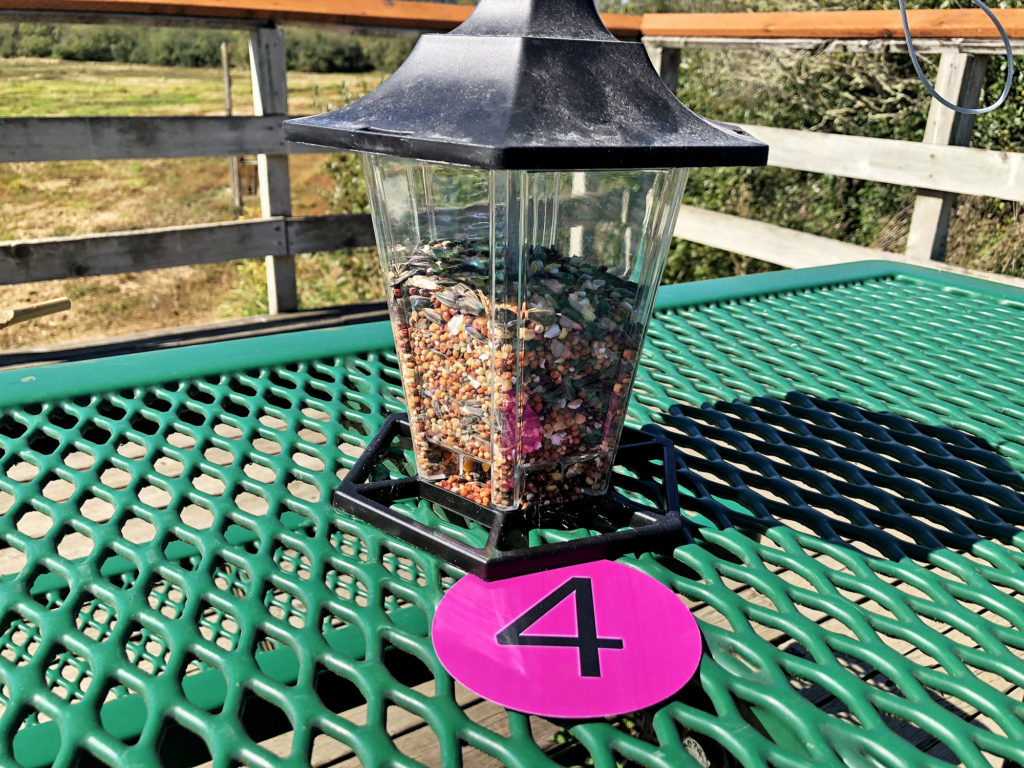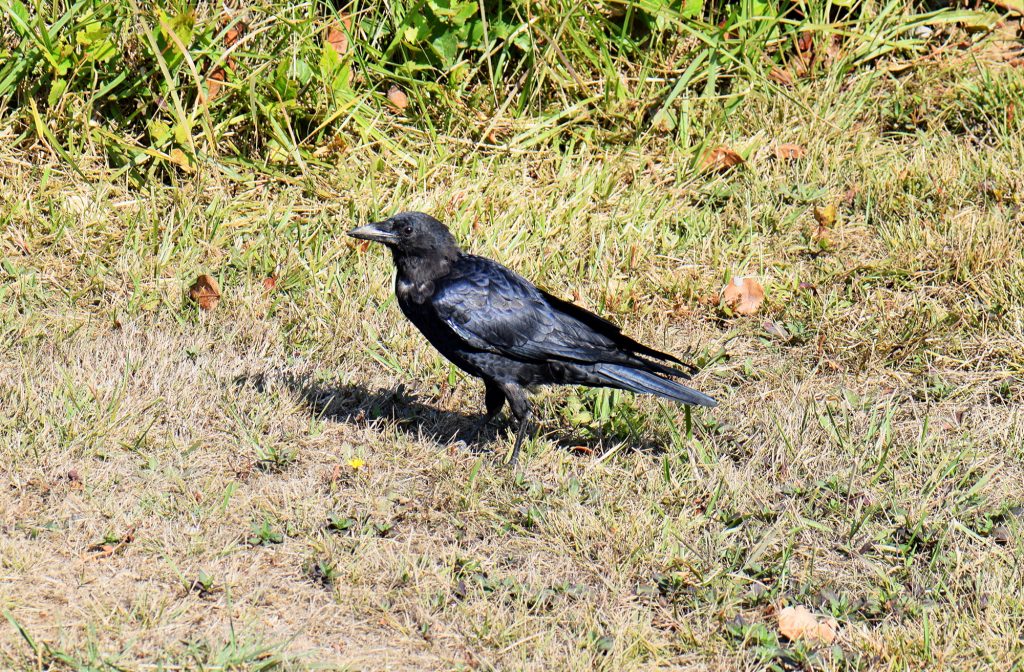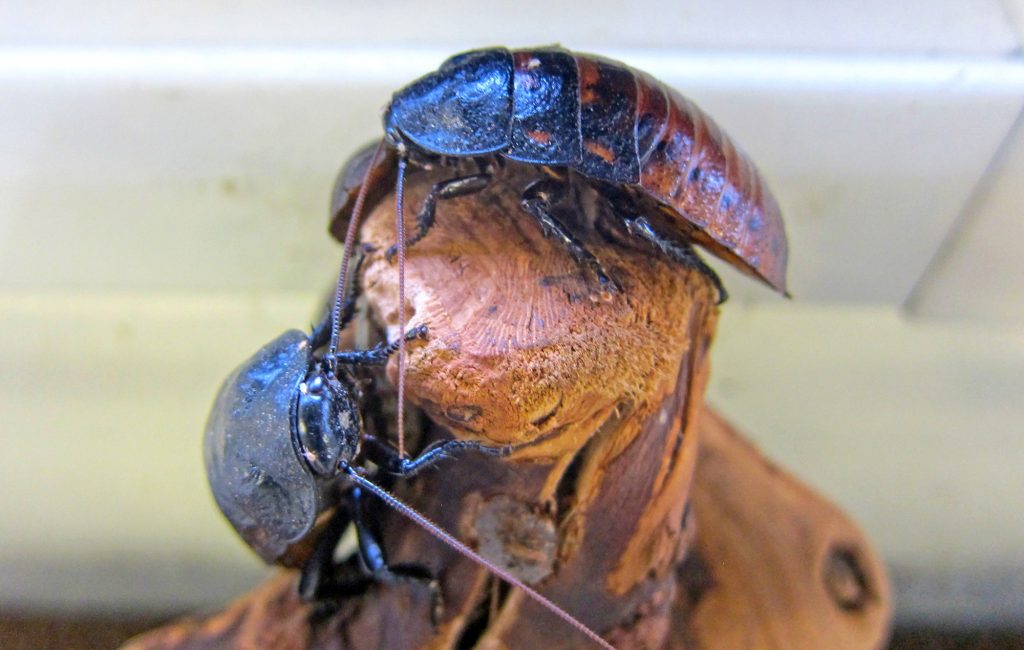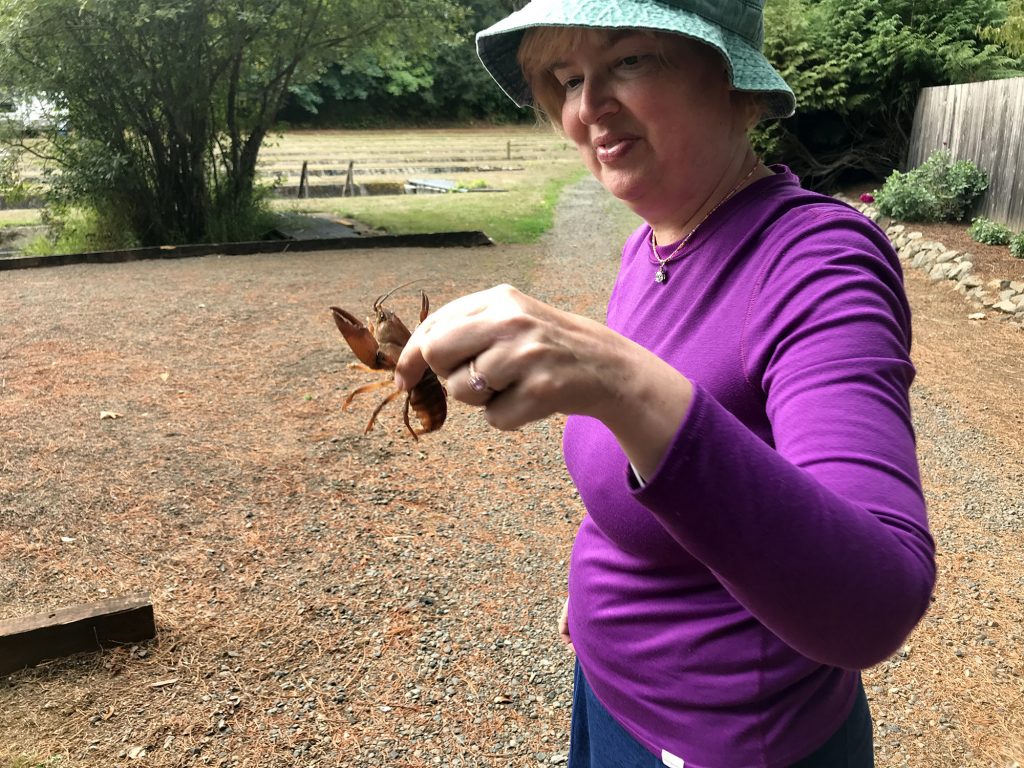
Competition
Competition
Competition for limited resources can occur within species or between species.
Learning Objective: Provide examples of intraspecific and interspecific competition impacts on population size.

One of the mysteries of North American mammals is why the Canada Lynx does not overlap in territory more with the similar North American Bobcat.
Competitive exclusion may be the answer; find out more in the Competition video.
Watch this video; you can select the closed captioning “cc” option if you would like to see the text.
These crickets and sowbugs are competing for the same food.
Is this intraspecific or interspecfic competition?
Despite the large number of sowbugs, the cricket population is growing fast in this terrarium. Can you see why in this video?
answers: interspecific; crickets are able to keep the sowbugs back and are getting more food.
Bird feeders are an ideal location for studying competition. In addition to the birds seen in the video, you can hear Canada geese and crows in the background.
This year our pair of crows had multiple offspring survive which may set up intraspecific competition. If food becomes limited, the crows will start to move in a wider area and space themselves while feeding. They will stay in visual or hearing range and condense into a small group again, if threatened.
Strategies to reduce competition are important. Why would it potentially be important to reduce competition?
Answer: competition is potentially expensive in energy, injury, or lost time on other tasks. Reducing competitive encounters in the long-term may actually improve fitness (survival and reproduction).


Many animals establish a dominance hierarchy that reduces continual competition. Individuals may compete intensely for a brief period of time to establish dominance, and then not compete until the next individual challenges the hierarchy.
Madagascar hissing cockroaches establish dominance by pushing each other off the tallest point in their territory. The top male and top female on this branch are the dominant individuals.
Some species are more competitive when they reach a certain minimal population size.
These Plecostomous fish are young and small, but their large number enables them to compete for algae-covered rocks.
Non-native animals may enter a habitat with a competitive advantage. The absence of predators or parasites that would have controlled their numbers in their original location may be absent. They may also be a different size or have different behaviors than endemic (native) species.
This is one of three non-native crayfish that were introduced into the Willamette Valley. These crayfish are a larger size and they have negatively impacted the primary native species.
Note its reaction to food. It attacks other crayfish, but not the guppy fish in the same tank.
A new species to an area can have a competitive advantage. This is an individual of a different invasive species that can spend more time on dry land than the native species.
Note its reaction to the huge person holding the camera.

A lingering debate is whether or not invasive species should be killed to save native/endemic species.
This is one of the many examples where science may provide information, like the identifying characteristics of a crayfish, but other fields have to weigh in on ethics, economics, politics, and more to determine what to do.
In the next section, competition for limited territory results in remarkable animal behaviors.











